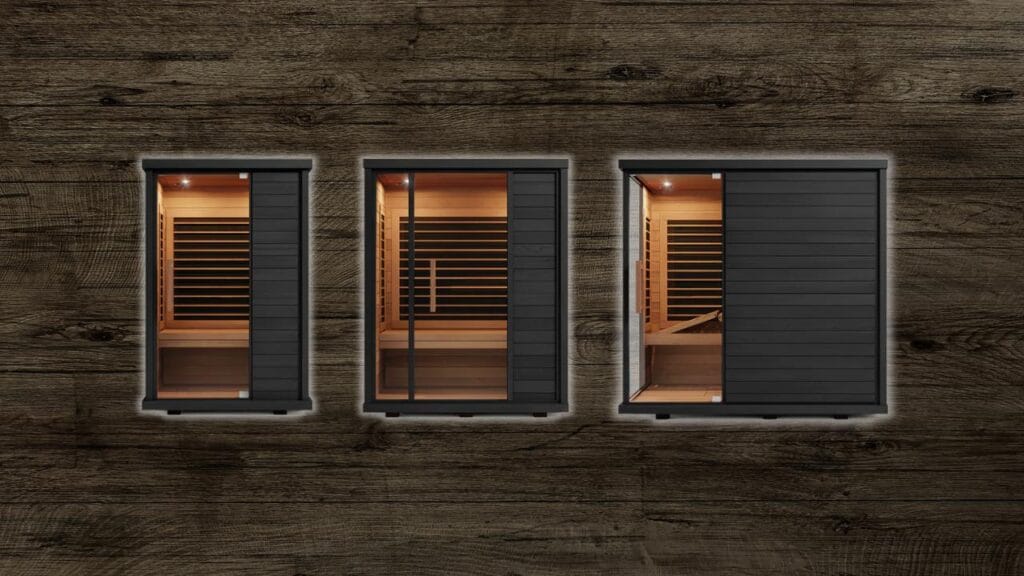How To Fall Asleep Fast – 9 Tips For Better Sleep Hygiene
We include links to products we think are useful for our readers. If you click and buy a product through one of the affiliate links on this page, we may earn a small commission.

What is sleep hygiene?
Sometimes we all wish for an easy secret of how to fall asleep fast and stay asleep. The truth is, there is no magic pill, but there are many healthy habits that can help you fall asleep with ease. Sleep hygiene could easily be mistaken for the process of washing or scrubbing the body clean before bed – but don’t be fooled – it is even more important than that. Sleep hygiene practices are a combination of habits and routines that are backed by science to implicit positive effects on sleep duration and sleep quality. These practices are technically easy to achieve, but there are forces of habit, addiction and “not enough hours in the day” that often act as a barrier to creating and maintaining healthy sleep hygiene practices.
Every living organism on the planet needs sleep, even if it’s a small amount. Sleep is an integral component of human health, and sleep loss can adversely affect the way we function in our everyday lives.
– Sleep expert, Matthew Walker
How do I know if I have poor sleep hygiene?
There are some key indicators that you are not setting yourself up with the best conditions for a great sleep. Is it a common occurrence that it takes you a long time (>15 minutes) to fall asleep? Even so, maybe you fall asleep before you even make it to bed but find yourself waking multiple times throughout the night for no apparent reason. You could even find yourself tossing and turning, trying to find an even ground between too hot and too cold.
These can all be super frustrating, as you can probably attest to. You are most definitely not alone in this dilemma, with over ⅓ of the population ticking the box for falling short on the optimal 7-9 hours of sleep and almost half the population claiming feeling sleepy during the day 3-7 days per week. The statistics on insomnia sufferers are equally as alarming.
Key indicators that should ‘wake you up’ regarding you sleep habits and need for a sleep hygiene overhaul include sleep disturbances like sleep apnea, tossing and turning due to heat or cold, difficulty falling asleep, snoring and feeling fatigued, foggy or not well slept on waking and throughout the day.
The truth is, you should really listen up to this if this is you. Sleep really is the golden chain that ties our body and mind to good health and wellbeing. There are some alarming consequences of insufficient sleep including extreme economic costs, fatalities related to driving, suicides and mental health related conditions associated with poor sleep. Sleep deprivation has proven short and long term consequences for increased stress responsivity, somatic pain, reduced quality of life, increased emotional distress and mood disorders, and cognitive, memory, and performance deficits.
We are happier and less anxious when we get a good night’s sleep. We can perform better, have better relationships, recover faster, lift bigger, feel less pain, be more creative and make better decisions when our sleep quality is good. The good news is that getting a sound sleep could be at a closer reach than it might seem. So heres how to fall asleep fast and stay asleep. It is about forming lasting and consistent habits surrounding sleep. Below, we share 9 tips and habits for better sleep hygiene, plus, how to track your sleep.
9 tips for proper sleep hygiene

1. Go to sleep and wake up at the same time every night/day
This should be at the top of the list for anyone looking for a place to start in improving sleep hygiene and sleep quality. We are not looking for military precision here and appreciate that the exact same sleep and wake time may be difficult for a large portion of you.
We all have an inbuilt 24 hour clock, known as our circadian rhythm. By establishing a relatively strict sleep schedule we are essentially signalling to our master clock what time we intend to wake and sleep each night which will in turn affect our ability to fall asleep and wake rested. We know that bed timing, light and meal size/timing are three huge contributors to our circadian rhythm and how sleep encouraging hormones are released based on these controllable factors (the latter two we discuss later)
2. Create a bedtime routine
Some of our favourite bedtime routines include guided meditation (which we discuss later), reading, drinking a sleep tea, warm bath, infrared sauna, sleep supplements and room darkening. This sleep hygiene practice is not limited to these things, expanding to practically any relaxing and sleep triggering habit that creates a smooth transit between being awake and being asleep. For a busy mind we have also found that journaling has produced positive results in getting things off the mind and onto paper.
In addition to these practices, incorporating sleep supplements that are safe and effective for you can support a restful night’s sleep. Ensuring your sleep environment is conducive to rest by darkening the room and managing noise levels is also crucial. These practices are not limited to specific activities but can include any relaxing and sleep-inducing habits that help create a smooth transition from wakefulness to sleep.
For those with a busy mind, journaling before bed has proven to be effective in decluttering thoughts and reducing anxiety. This practice allows you to write down any worries or tasks for the next day, easing the mind and promoting a sense of closure before bedtime.
By integrating these bedtime routines and sleep hygiene practices into your nightly routine, you can cultivate an environment and mindset that supports restful sleep and enhances overall well-being.
3. Meditate prior to bed
Meditation is key if you want to know how to fall asleep fast. Meditation can be sitting, laying down, standing, eyes open or closed, guided or non-guided, however suits you. We generally use one of the many guided sleep or relaxation meditations available on the Waking Up App. Scientifically speaking, meditation has been shown to “lower your heart rate, blood pressure, breathing rate, oxygen consumption, adrenaline levels, and levels of cortisol, a hormone released in response to stress”.
By affecting the parasympathetic nervous system using meditation, we can switch off the mind and allow the body to switch off too. If it feels like you are doing it wrong, we recommend trying out one of these 6 free meditation apps. Whether you are practicing in silence or with a guide, we recommend completing 10 minutes plus for full effect on sleep (obviously longer or shorter if that works for you is ok too).

4. Keep your room cool
Temperature is an essential element of our ability to transition into sleep and how to fall asleep fast and stay asleep. Although we might naturally think that a warm room would lull us off to sleep, research on the ideal sleeping temperature indicates that 20-23 degrees celsius (65F) is optimal for best sleep quality. We should aim for 3 things in our ideal sleep hygiene environment: cool, quiet and dark. In addition, it is easy to over compensate with excess doonas and thick blankets.
It is true that different people may have differing ideal sleep temperatures, which can present an issue for couples. This can be a massive ongoing issue for some. One thing we have found to be priceless for temperature regulation ideal for singles or couples is the Chilipad – it allows you to set dual temperatures on different zones of the bed and is regulated via a cooling box. It can also be beneficial to take a hot bath 10-15 minutes before bed, as is our sleep routine, as it effectively lowers the core body temperature sufficient to encourage an ideal temperature for transitioning to sleep.
5. Make your room as dark as possible
With a light drenched room it can be next to impossible to fall asleep fast due to light signalling the body to stay awake. And begin to add darkness to any room you are spending time in within 1 hour to bedtime.
As we mentioned earlier, light is one of the biggest factors affecting our internal body clock. When it is daylight, you have probably noticed it is harder to fall asleep, this is due to our circadian rhythm.
The light factor is also the reason why you may be struggling to get to sleep with a light polluted room or light polluted eyes from electronic device use before bed. In allowing street light pollution and bright blue light from phones and laptops to flood our sensitive eyes, we are confusing the body and sending the message that it is daytime and not time to sleep, blunting the secretion of melatonin which is a powerful sleep triggering hormone.
Bright light can confuse your inner clock into thinking it’s daytime, which can cause your body to secrete less melatonin, resulting in less sleepiness at bedtime. Same goes for getting enough natural light intake during the day. It is worth noting that a common treatment for circadian rhythm sleep disorders is timed exposure to bright light, indicating how vital light exposure is to setting our body clocks.
6.Switch off devices

A quick google search of “how to fall asleep fast” will give you thousands of articles encouraging you to switch off you devices at night! We are a society glued to our phones. And as we alluded to in the previous sleep hygiene point about light minimisation, our phones and devices may have perhaps the most detrimental effect on our sleep.
Over 90% of the population admits to using technology close to bed if not while in bed. At RG we maintain that the bed is strictly for two things: sleep and sex. And don’t be fooled, it is simply not good enough to just avoid the screen time, you must also give yourself and your device some physical distance or at least switch to silent.
There is plenty of evidence now on the distracting effects of phone ringtones on cognitive performance and sleep. The message here is to avoid sleeping with your phone next to your head and certainly not under your pillow. The constant radiation, message/ringtone and vibrations are severely impacting your sleep hygiene.
Other studies have shown that there is a direct correlation between the amount of time we spend closely engaged with our phone/device, the more difficult it is to get to sleep.
Screens and sleep are simply incompatible. The combination of light exposure and brain activity from a constant feed of games, emails and messages is an obvious way to destroy your ability to get to sleep easily. What we recommend here is dimming the lights after dinner and switching the phone to “flight mode” or “do not disturb” within an hour to bed.
If it is essential to use devices we recommend combating the effects of blue light exposure by wearing Blue Light Blocking glasses.
7. No stimulants after lunch
It is extremely tempting to reach for the mid-late afternoon pick me up after a big day and especially if you are one who likes to train in the afternoons. Beware, coffee and pre-workouts any time after lunch as they both contain caffeine. It is important to note that caffeine has a half life of approximately 5 hours, meaning if you indulge in a post lunch coffee you may be looking at the stimulant effects of caffeine still buzzing around the system when you are trying to get to wind down and prepare for sleep.
This shows us that sleep hygiene is a whole-of-day effort. If you’re having trouble sleeping, maybe the first thing you should avoid having anytime post lunch is coffee, non-herbal teas, pre workouts and other caffeinated foods and beverages. One study describes the majority of adults’ sleep being “sandwiched” between one day of caffeine consumption and the next – having negative effects on its quality and quantity. It can be a difficult one to break, but maybe the “coffee cycle” is your best bet on something to break to take a big leap towards better sleep hygiene. It goes without saying that included on the list of beverages to avoid before bed is alcohol, for which there are also multiple studies to support reasoning for.
8. Avoid large meals close to bed
Food type, timing and meal size are important factors to consider in improving sleep hygiene. There are a number of food types that have been shown to have negative effects on digestion which can cause an upset stomach close to bed.
Foods that are spicy, overly sugary, citrusy, or filled with fatty oils may fall into the category to avoid close to bed. In saying that, if you are piling on a mountain of food onto the plate in close proximity to bed it really doesn’t matter about the quality.
A poorly timed meal, as shown in one study, can disrupt circadian rhythms and simultaneously increase the risk of obesity. It goes on to state that “earlier meal timing, specific to individual endogenous circadian patterns, could serve to reduce cardio-metabolic disease burden and aid in weight loss”. That’s because it takes your stomach 3 to 4 hours to empty, so when you lie down right after a big meal, your digestive juices are still cranking.
9. Get enough exercise throughout the day
Exercise has long been associated with better sleep, both anecdotally and scientifically. A 2013 study found that a regular exercise routine can help contribute to improved sleep. It is not completely known what links exercise and good sleep together, however a contributing factor may be that morning exercise further encourages the setting of circadian rhythm and the release of other hormones may also improve sleep.
In saying this, it is important to avoid exercising too close to bedtime due to the release of cortisol (a stress hormone) that occurs around exercise. In his sleep masterclass, Matthew Walker suggests that the 4 workouts you can do before bed include yoga, walking, light swimming and light weightlifting.
He suggests that, “according to sleep experts, you can engage in exercise at any time of day to promote better sleep quality. However, aim to finish heavy exercise (like strength training or aerobic exercise) two to three hours before your anticipated bedtime”.
How to track the effects of your sleep hygiene habits on your sleep
It is important to get some feedback on whether your habits are good or bad for your sleep. Apart from the subjective feelings of whether or not you had a good sleep, which can often be incorrect, we can use wearable and non-wearable sleep tracking devices to track our sleep quality and quantity.
Using the latest sleep tracking technology, it is easy to capture relevant data to transform your sleep journey into recognisable graphs and numbers that give you a good idea if what you are doing is working. Our different phases of sleep provide us with different functions.
For example, NREM (or deep sleep) sleep aids physical recovery. If we can track the quality and quantity of NREM sleep we are achieving we can ascertain whether we need to change our habits and whether we are primed to train or not.
The Whoop Strap 3.0 gives a handy measure of this type of information with its “strain” score. We discuss these features in depth in our Whoop Strap 3.0 review.
Conclusion on Sleep Hygiene
Sleep is important because it can help us physically heal, recover from illness, deal with stress, solve problems, consolidate memories, and improves motor skills. A good night’s sleep isn’t just about how many hours of sleep you get, but also the quality of that sleep.
As we have touched on in this article, there are a number of factors that we can use to influence our sleep quality and quantity. It is important to first recognise how important sleep is and ditch the widely held view that it is admirable to operate on minimal sleep due to being busy. It is then essential to find out what works for you for improving sleep and doing so by tracking sleep using the very accessible and affordable technology that is available to us.

Infraredi Slim Lite vs Flex Mini: Which is Better?

Infraredi Slim Lite vs Flex Mini: Which is Better?
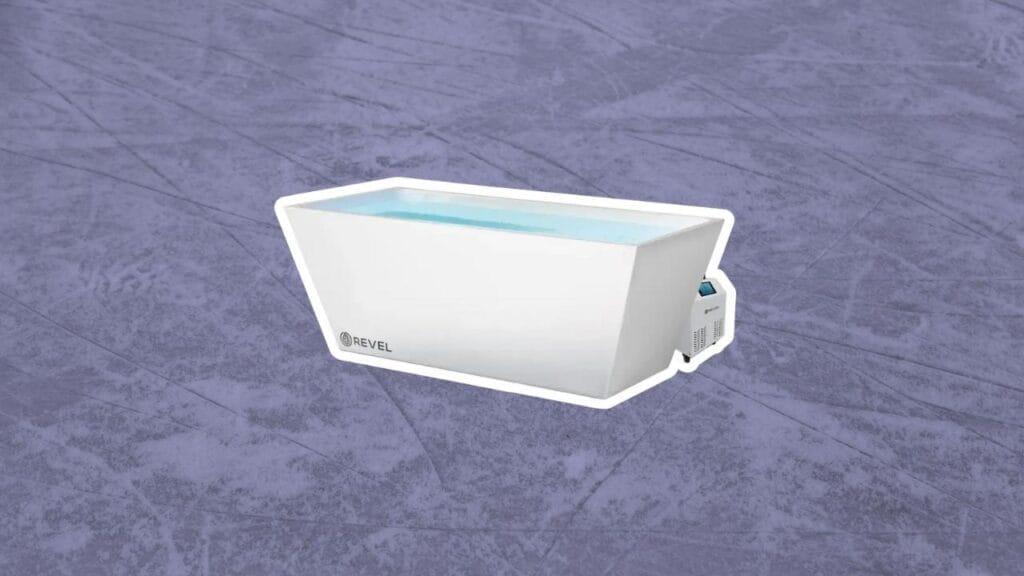
Infraredi Slim Lite vs Flex Mini: Which is Better?
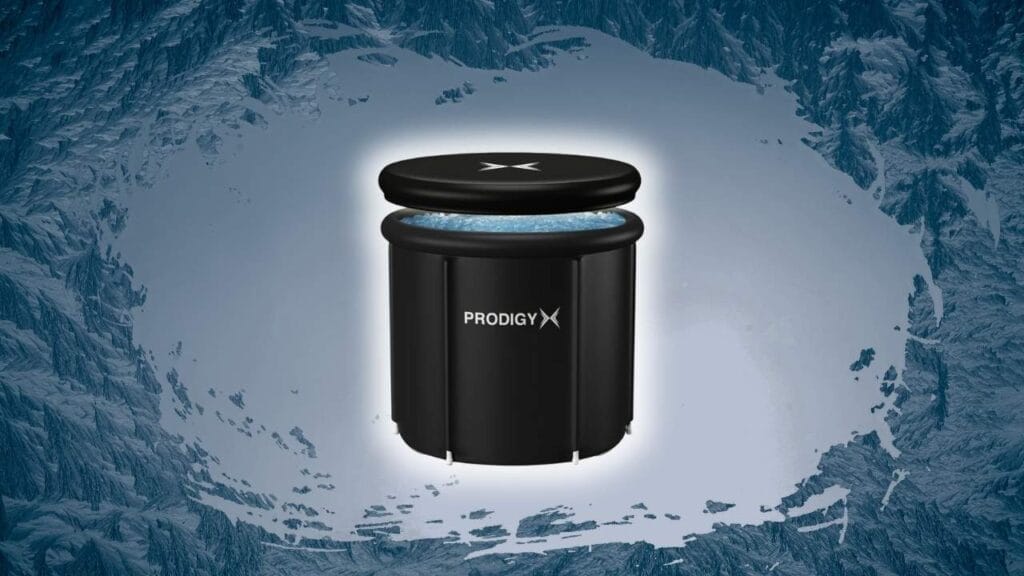
Infraredi Slim Lite vs Flex Mini: Which is Better?
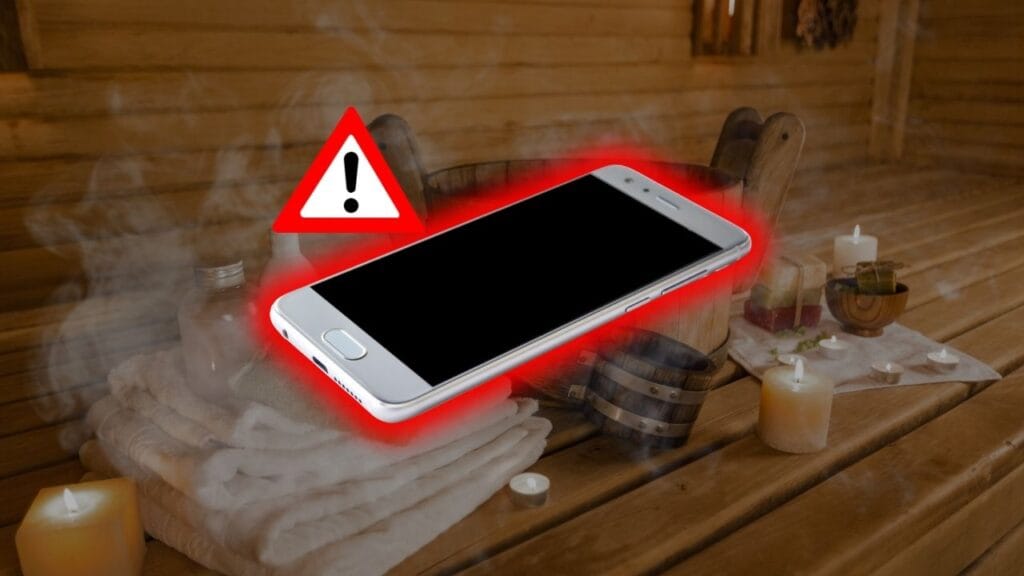
Infraredi Slim Lite vs Flex Mini: Which is Better?
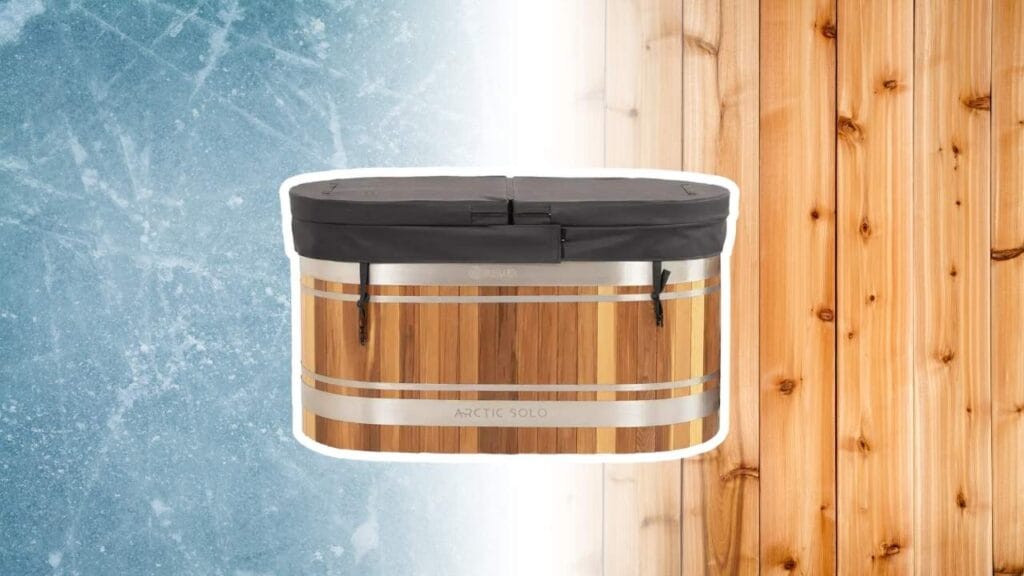
Infraredi Slim Lite vs Flex Mini: Which is Better?
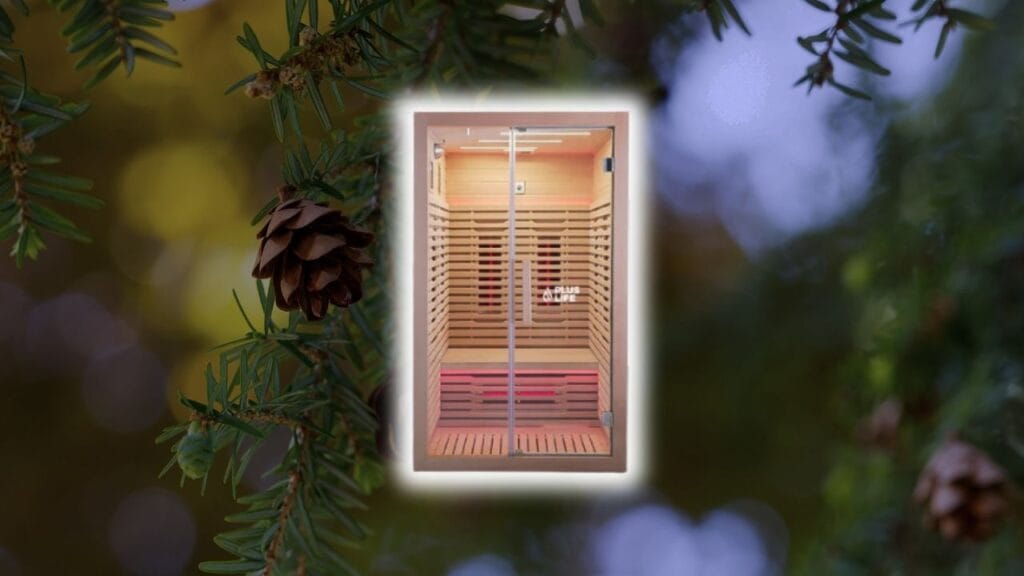
Infraredi Slim Lite vs Flex Mini: Which is Better?

Infraredi Slim Lite vs Flex Mini: Which is Better?
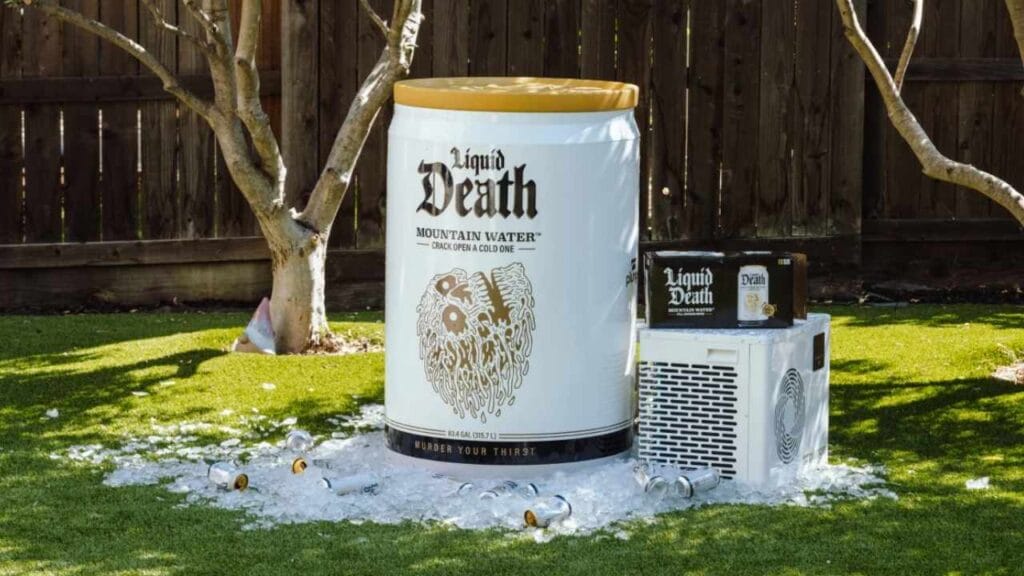
Infraredi Slim Lite vs Flex Mini: Which is Better?
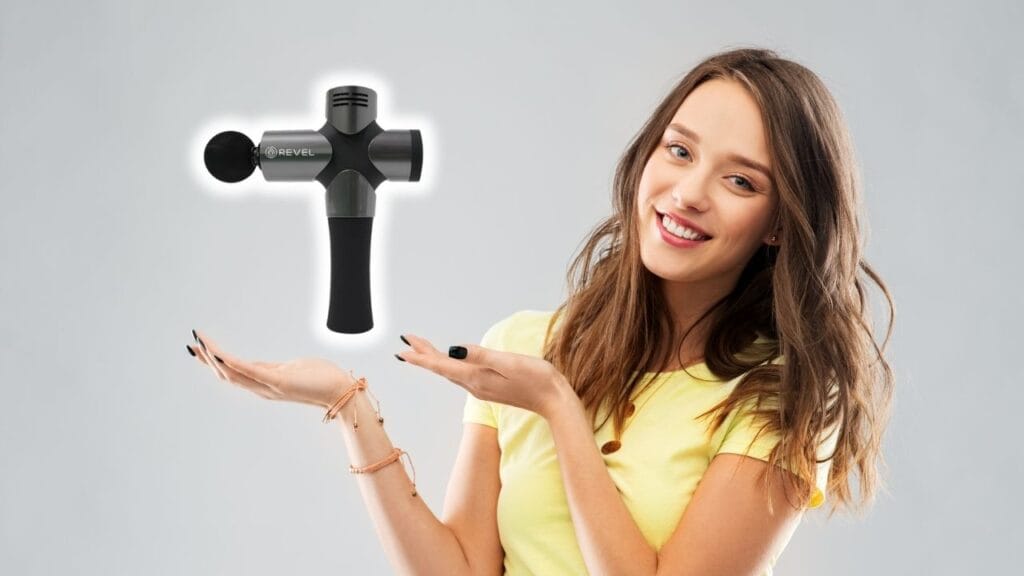
Infraredi Slim Lite vs Flex Mini: Which is Better?

Infraredi Slim Lite vs Flex Mini: Which is Better?
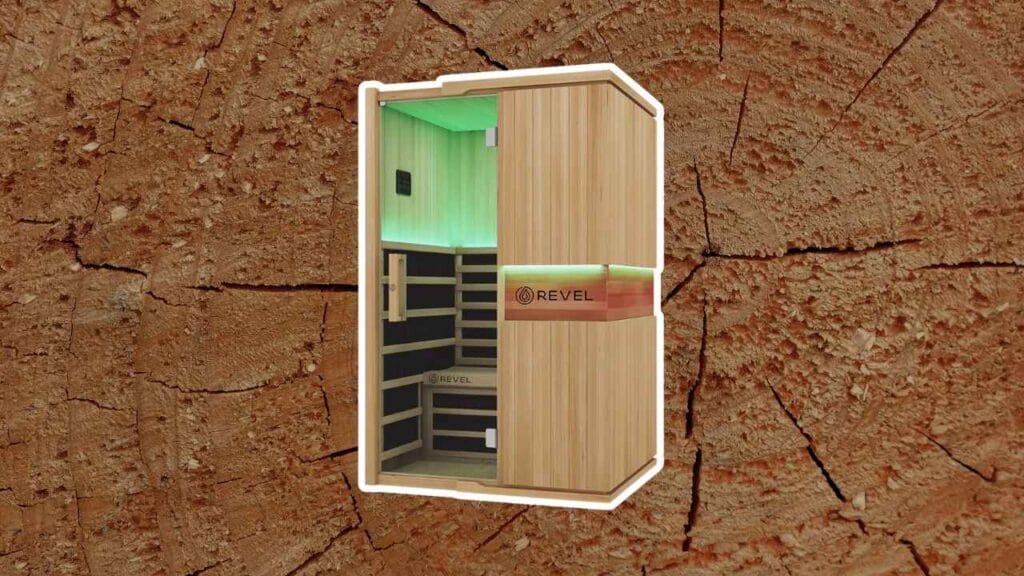
Infraredi Slim Lite vs Flex Mini: Which is Better?
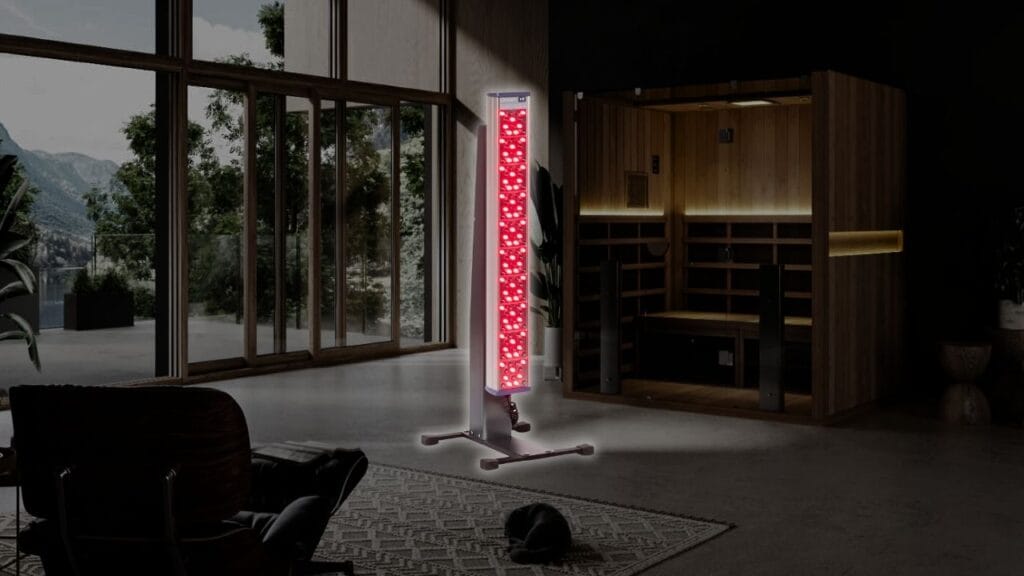
Infraredi Slim Lite vs Flex Mini: Which is Better?

Infraredi Slim Lite vs Flex Mini: Which is Better?

Infraredi Slim Lite vs Flex Mini: Which is Better?

Infraredi Slim Lite vs Flex Mini: Which is Better?

Infraredi Slim Lite vs Flex Mini: Which is Better?

Infraredi Slim Lite vs Flex Mini: Which is Better?

Infraredi Slim Lite vs Flex Mini: Which is Better?

Infraredi Slim Lite vs Flex Mini: Which is Better?

Infraredi Slim Lite vs Flex Mini: Which is Better?

Infraredi Slim Lite vs Flex Mini: Which is Better?

Infraredi Slim Lite vs Flex Mini: Which is Better?

Infraredi Slim Lite vs Flex Mini: Which is Better?

Infraredi Slim Lite vs Flex Mini: Which is Better?

Infraredi Slim Lite vs Flex Mini: Which is Better?
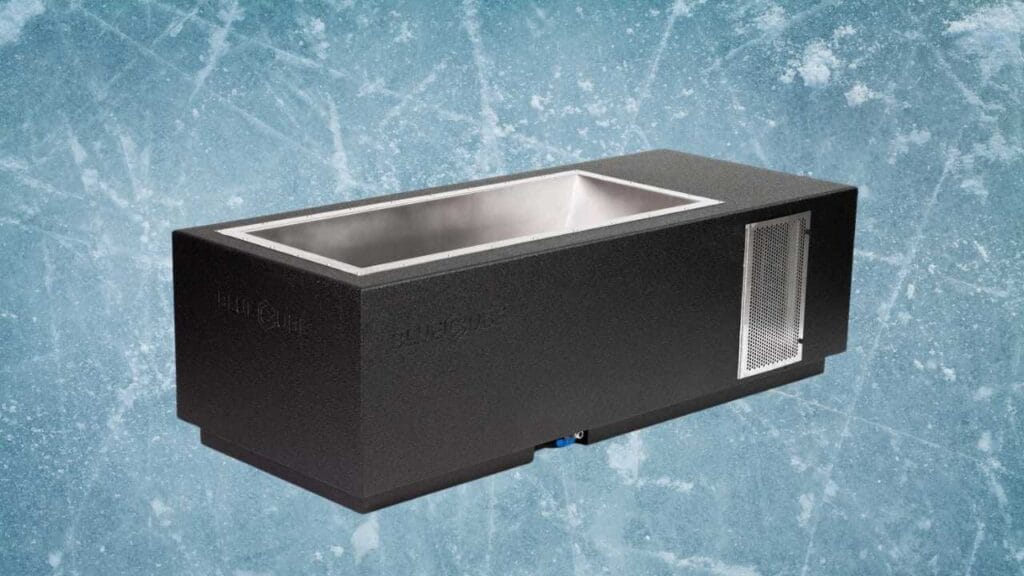
Infraredi Slim Lite vs Flex Mini: Which is Better?

Infraredi Slim Lite vs Flex Mini: Which is Better?

Infraredi Slim Lite vs Flex Mini: Which is Better?
